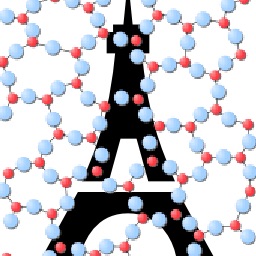Methodology for Estimation of Nanoscale Hardness via Atomistic Simulations
Statistical mechanics has provided powerful techniques to measure mechanical properties of materials at the nanoscale and paved the way for bottom-up computational materials design. The introduction of such techniques in civil engineering applications, namely construction and geotechnical materials, remains limited to the elastic and fracture properties. This paper presents an atomistic approach to calculate the nanoscale cohesion, friction angle, and hardness. This method is based on the application of biaxial external deformation, or stress, in the weakest crystallographic direction in the material. The onset of the failure is characterized by investigating the unloading paths from several points on the stress-strain curve. Such calculations of the failure stress along different deformation paths provide multiple failure Mohr circles in the normal-shear stress space, which is found to provide a failure envelope akin to the Mohr–Coulomb failure criterion that is widely used for the plastic analysis of granular geomaterials. The failure envelope characterizes the nanoscale cohesion and friction angle, which in conjunction with continuum mechanics can be utilized to estimate the nanoscale hardness of layered materials. Application of this method to tobermorite and Na-montmorillonite crystals yields values that are close to the experimental measurements obtained using nanoindentation and atomic force microscopy techniques.
